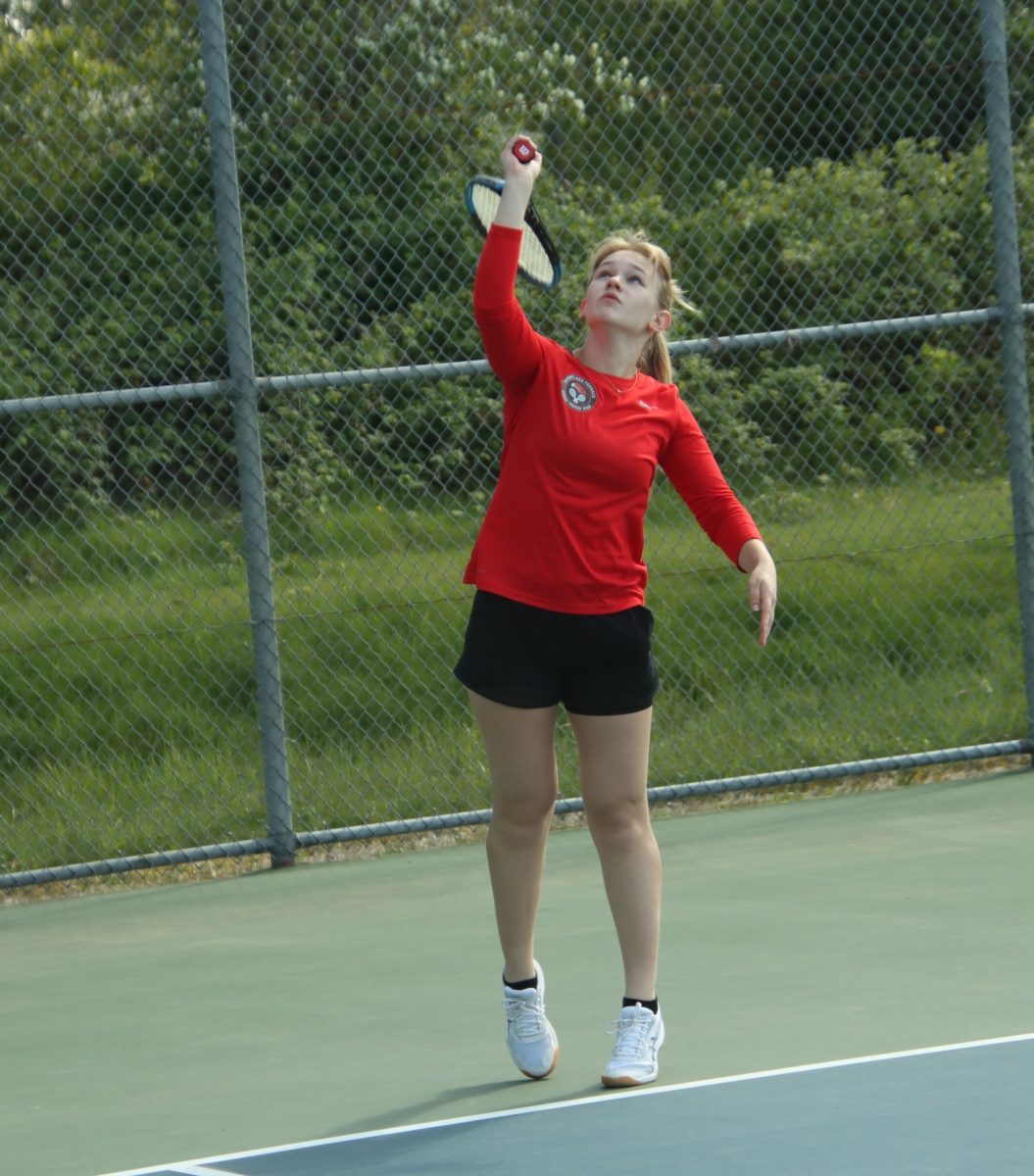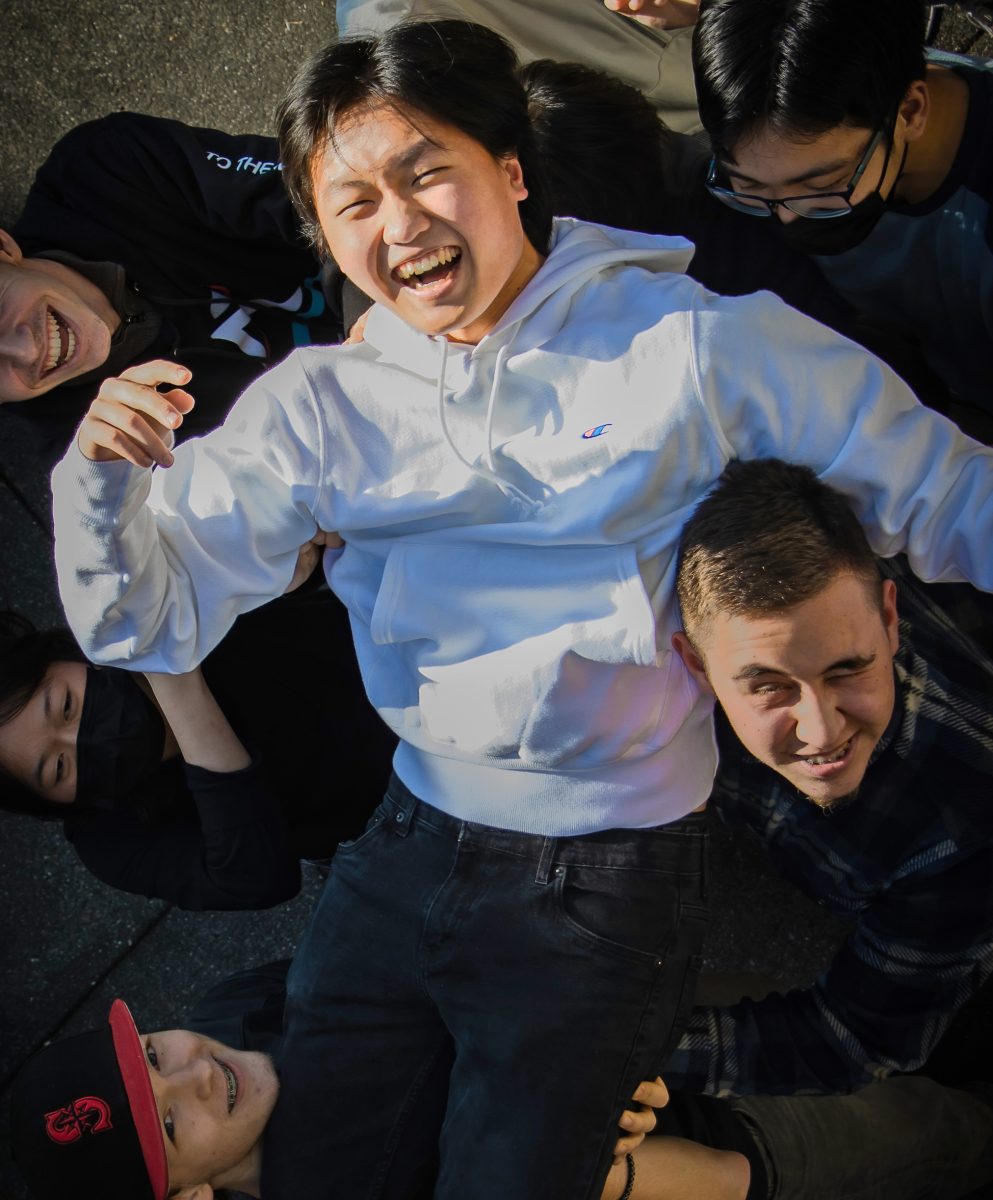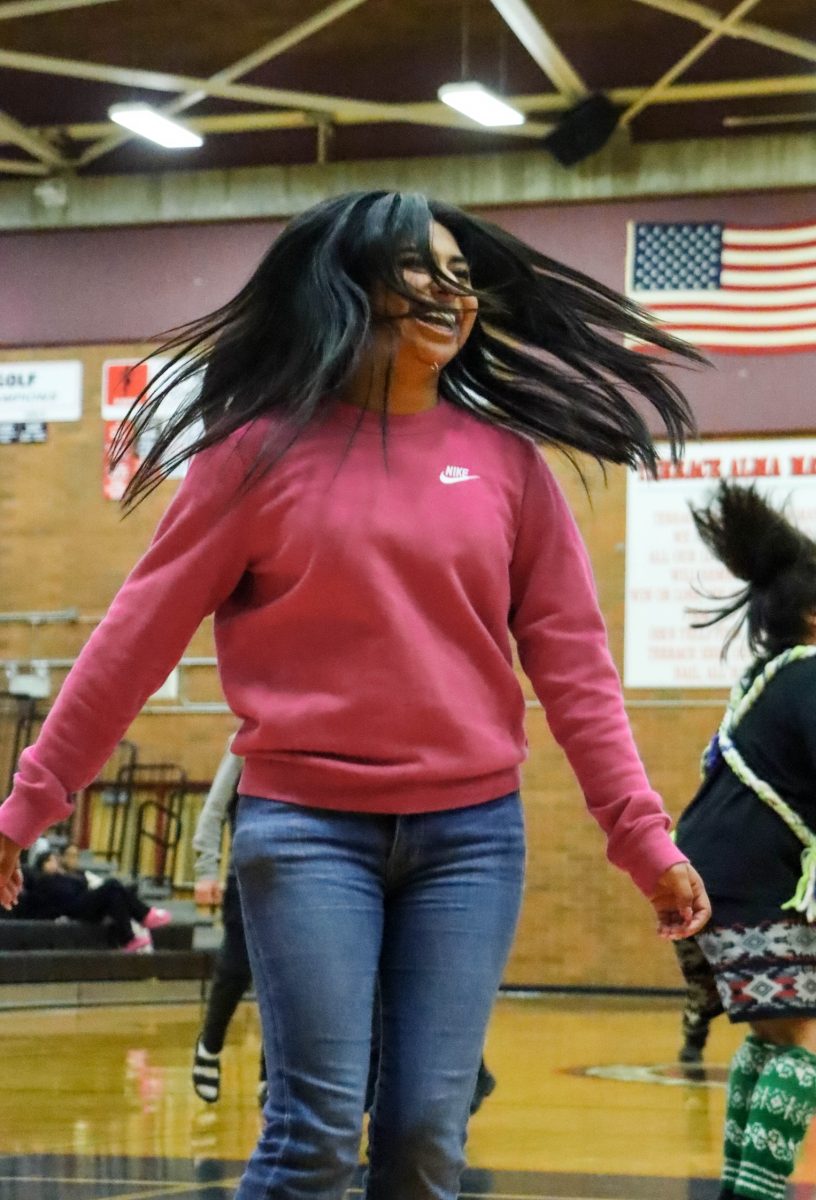Math students strengthen rational thinking skills
that may be applied to everyday life
Most have heard the popular math teacher claim that math is used often in everyday life. More than that, though, the skills you develop through math classes are transferable to life. This is an idea firmly upheld by math department co-chair Ryan Chute.
“Even though it’s not this direct connection of math and algebra and variables, it’s still the same idea of thinking rationally and applying it to something that is non-mathematical,” Chute said.
The lessons taught in math courses provide students with problem solving skills and the ability to generate and test hypotheses.
For Geometry and Advanced Placement (AP) Statistics teacher Stephanie Lee-Henning, the math skills taught in class are directly transferable to the real world. Lee-Henning said it’s harder to see the connection with geometry, but statistics is practiced every day, such as with the famous deflate gate scandal.
The primary objective of the Math Department this year is, “to deliver good math instruction to enhance students’ abilities,” according to Chute.
Lee-Henning agreed, adding that it’s important to teach students the information that they will need to know for college or a job.
“Math helps build your logical thinking skills, which will benefit you in any career you enter into. Many high paying careers involve math. And math is beautiful,” AP Calculus teacher Nick Lencioni said.
Three years’ worth of math credits are required to graduate from MTHS, though most universities look for students to have four years. MTHS provides students with a wide array of class options, offering classes ranging from pre-algebra to AP Calculus.
There is a class to fit every student’s needs, according to Chute. For instance, Chute said anyone with an interest in engineering, science, or just with a prodding mind should consider taking advanced math courses.
Similarly, Lee-Henning believes anyone willing to work hard and take the class seriously should take higher levels of math courses.
“Success depends on how much effort you’re willing to put into learning concepts,” Lencioni said.
On the other side of the spectrum,there is an extended algebra 1 class for students who may need the material to be covered at a slower pace.
“Hopefully these options give students the opportunity to choose levels that are appropriate for their educational needs,” Lencioni said.
Another focus of the department is to cater to each student’s needs in a way that will be most beneficial to him or her.
This year, a Collection of Evidence class will be offered to students who failed a math End Of Course (EOC) Exam twice. This course will allow students to create a portfolio over the course of a year to show their understanding of algebra 1 and 2 concepts that, once turned in, will satisfy their EOC graduation requirement.
Beyond meeting graduation requirements, Chute said math courses can be beneficial to one’s understanding of fellow humans and the world around us.
For Chute, serving his students means getting his students involved in his lessons. He aims to bring life to math to make it more appealing to his students. To accomplish this, he creates a comfortable class environment where students feel safe to learn and know that he genuinely cares about them and the class as well.
“I want to be a great teacher and what a great teacher does is show sincere care for the students,” Chute said.
Chute employs a variety of techniques in the classroom in the form of games of his own creation, including manipulation and movement. In doing this, he intends to encourage students to interact with the lessons.
On a deeper level, Chute said it’s important to identify the needs of students as individuals, as well as their needs as a class. Once he knows his students, he knows how to modify his personal teaching style. From there, he focuses on what is primary to instruction: seating a room, providing extra notes and communicating with students.
Lee-Henning teaches two very different classes and for that reason employs different teaching styles in each. In geometry there is more time to work with the students, holding their hand through all the curriculum. Meanwhile, AP Statistics students have to be more independent and work at home in order to get through all the curriculum at an adequate pace, Lee-Henning said.
Lee-Henning aims to provide structure for all students, claiming to be very predictable and avoiding surprises in lessons.
“I want the kids to be able to learn and not have anxiety,” Lee-Henning said.
There are multiple tools that math teachers can employ in their classrooms to benefit students. Some are popular and widely used such as Khan Academy and the Selected Answers section in text books, others more specialized to individual teachers.
Chute posts answers, links and notes on his website for students to access for extra help. He also has a final project in which students must return to a topic that was difficult for them to understand, fill in any gaps in their knowledge, and then teach it to other students.
It is Chute’s hope that by doing this project students solidify their learning of a concept they struggled with while at the same time teaching other students and gaining an understanding of what teachers do for lessons.
“When it’s a topic that you really need to work at and move yourself around this context and try to look at it from different perspectives and then after all that hard work once it finally ‘clicks’ you have that ‘ohhh’ moment and you figure out all the implications like ‘oh that’s why that works.’ That moment is really rewarding for me,” Chute said.
Lencioni also enjoys the moment he sees a student grasp a concept they were previously struggling with and said, “It never gets old.”
To get students to that ‘ah-ha’ moment, Lencioni uses videos of his own creation in a flipped classroom setting so he has more class time to work with students one on one. Students take notes from his videos and the textbook as their basic lesson and then complete homework in class where they can work with other students and Lencioni is available to help at all times. Students also work at their own pace after being given a basic time line of flexible due dates.
“Students learn math at different speeds and I like to cater to those differences in the way I set up my class. However long it takes, I am devoted to helping students achieve mastery of concepts,” Lencioni said.
They display their knowledge of each concept through formative assessments and at the end of the year complete a final project involving the comparison between geometric volume and the volume found using integrals.
If there is time around core curriculum, Lee-Henning incorporates art into her geometry lessons. Students may use the concepts they have learned in class to enlarge images or create 3D city-scapes.
Teachers in the Math Department are constantly working to make sure classes benefit the students. All department meetings are led by co-chairs Chute and Daniel Johnston covering topics such as different curriculum, aligning classes, different teaching techniques, and sharing ideas in general.
Along with leading the department meetings it is also the job of department co-chairs to support other math teachers as needed, Chute said. They focus on school improvement and good instruction.
“I think one of the things that I have really enjoyed about the department over the years is just how supportive it is,” Lee-Henning said.






